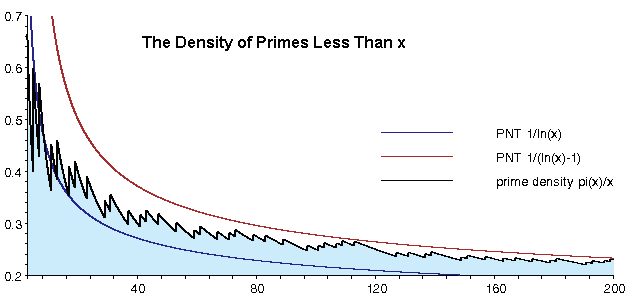 The digital root of a number is obtained by adding together the digits of that number, and repeating that process until a number is arrived at that is less than \(10\).
The digital root of a number is obtained by adding together the digits of that number, and repeating that process until a number is arrived at that is less than \(10\).
For example,for \(29953\) the digital root is \(29953 \rightarrow 28\rightarrow 10\rightarrow 1\).
Consider the set \(P\) of all prime numbers less than two million.If \(x\) is the percentage of numbers in \(P\) with a digital root of 2,what is the value of \(\left\lfloor 1000x \right\rfloor\) ?
Details and assumptions
\(\left\lfloor x \right\rfloor \) is the floor function and it returns the greatest integer less or equal to \(x\). ie \(\left\lfloor 1.234 \right\rfloor =1\)